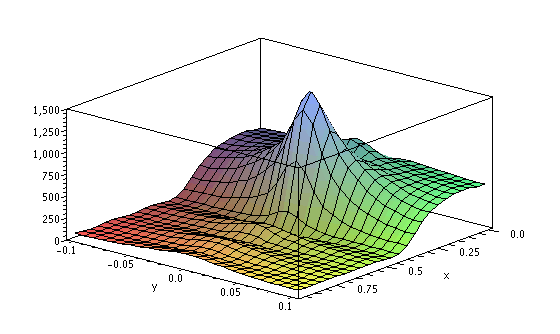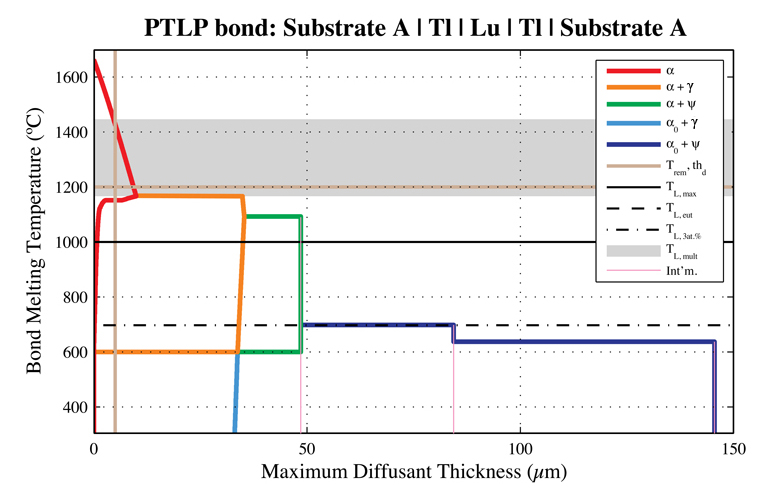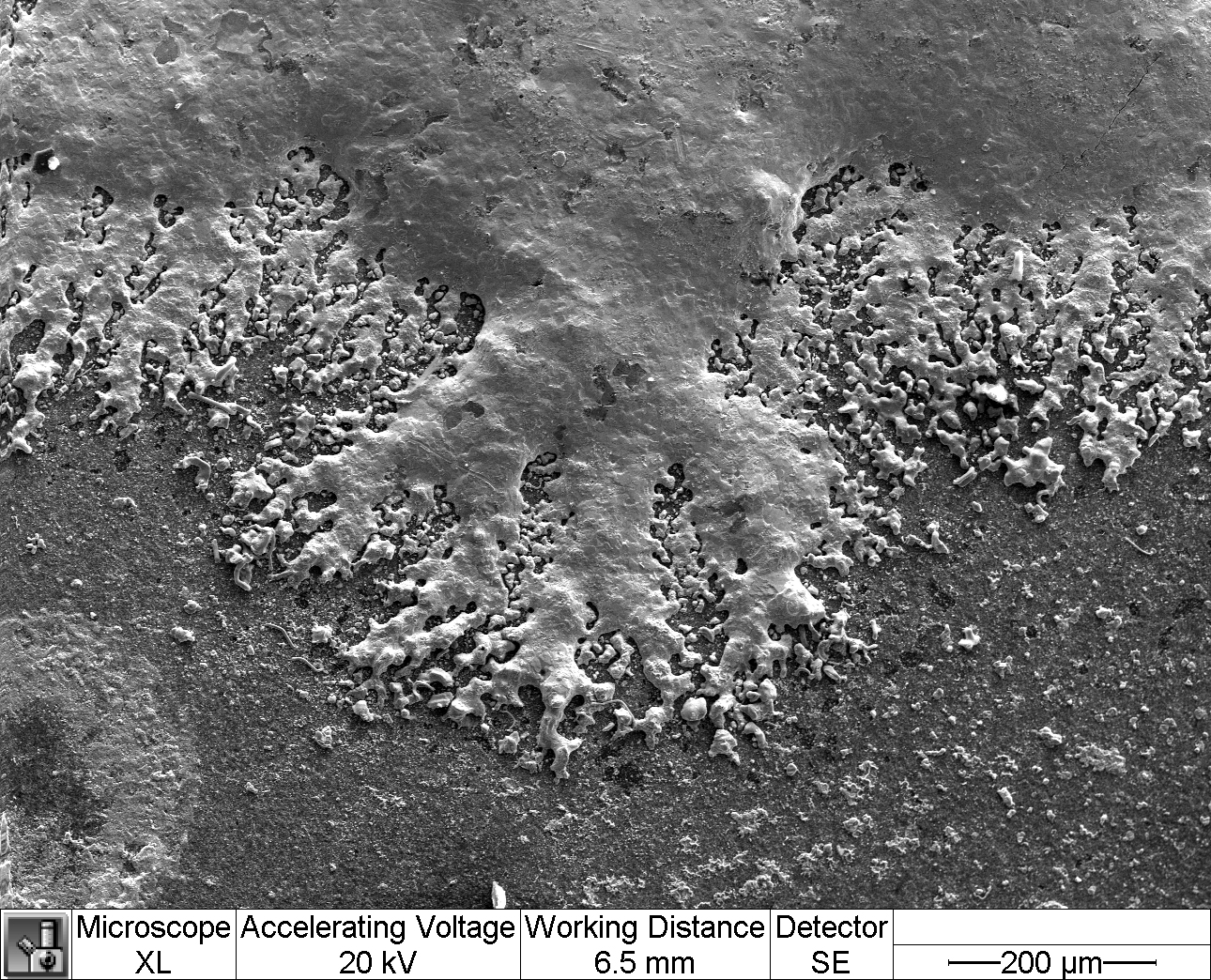Grant O. Cook III, PhD, PE
Licensed Professional Engineer (Metallurgical and Materials Engineering, Mechanical Engineering)
Senior Materials Scientist | Technical Advisor | Academic Reviewer

With a doctorate in mechanical engineering providing a broad knowledge base, Dr. Cook's work and experience covers a variety of material categories, such as metals, ceramics, polymers, and diamond. He provides metallurgical, materials, and engineering technical expertise to test materials, develop new material systems, and improve manufacturing processes with the goal of delivering cost savings, improving quality, enhancing performance, and creating novel, data-based strategies.
His professional contributions include over 80 patent applications. According to the Aerospace Technology Development Manager at Pratt & Whitney, the IP strategy Dr. Cook developed for a new materials technology "is the best and most comprehensive [one] he's ever seen and that a case study should be done on it."
In the materials community, Dr. Cook is considered an expert on PTLP bonding (see the award-winning, highly cited review article below). He is a sought-after technical reviewer for industry-standard journals, including Journal of Materials Science, Journal of Materials Engineering and Performance, and Surface and Coatings Technology, to name a few. A sample of feedback he has received from Metallurgical and Materials Transactions includes the following:
Dr. Cook, I wish to thank you for your careful review of the [cited] paper. Your Key Reader has informed us that your review was "excellent," which puts your review in the top 20% of those we receive.
Outside of engineering, Dr. Cook uses his math, problem-solving, and product-improvement skills by serving as a member of The MathWorks Community Advisory Board. He provides real-world, end-user feedback to the programmers of Matlab, an industry-standard software package for science and engineering. He challenges beginners and experts alike through the software's puzzle-based web service, Cody. For his contributions, MathWorks posted a special guest interview as well as an introduction to his unique programming skills applied to a trivia website.
Some of his work is summarized below. Additional details, such as patents and patent applications, skills, and work history, are available on LinkedIn.
Overview of Transient Liquid Phase and Partial Transient Liquid Phase Bonding
Journal of Materials Science, Volume 46, Number 16, pp. 5305–5323, August 2011
(cited over 200 times, over 6000 downloads from SpringerLink)
Abstract: Transient liquid phase (TLP) bonding is a relatively new bonding process that joins materials using an interlayer. On heating, the interlayer melts and the interlayer element (or a constituent of an alloy interlayer) diffuses into the substrate materials, causing isothermal solidification. The result of this process is a bond that has a higher melting point than the bonding temperature. This bonding process has found many applications, most notably the joining and repair of Ni-based superalloy components. This article reviews important aspects of TLP bonding, such as kinetics of the process, experimental details (bonding time, interlayer thickness and format, and optimal bonding temperature), and advantages and disadvantages of the process. A wide range of materials that TLP bonding has been applied to is also presented.
Partial transient liquid phase (PTLP) bonding is a variant of TLP bonding that is typically used to join ceramics. PTLP bonding requires an interlayer composed of multiple layers; the most common bond setup consists of a thick refractory core sandwiched by thin, lower-melting layers on each side.
This article explains how the experimental details and bonding kinetics of PTLP bonding differ from TLP bonding. Also, a range of materials that have been joined by PTLP bonding is presented.
Partial Transient Liquid-Phase Bonding, Part I: A Novel Selection Procedure for Determining Ideal Interlayer Combinations, Validated Against Al2O3 PTLP Bonding Experience
Metallurgical and Materials Transactions A, Volume 44, Issue 13, pp. 5732–5753, December 2013
Abstract: Partial transient liquid-phase (PTLP) bonding is a bonding process that can bond hard-to-join materials, such as ceramics. The process uses a multi-layer interlayer composed of a thick refractory core and thin diffusant layers on each side. Upon heating, the diffusant material melts, and diffusion occurs until the liquid isothermally solidifies. Selecting interlayer materials is a key problem in producing strong, reliable PTLP bonds; materials are usually selected empirically or system by system. This article presents a novel selection procedure that provides a generalized, comprehensive, first-principles-based approach. Components of the selection procedure are linked directly to key characteristics of PTLP bonding. A filtering routine that provides structure for the selection procedure is summarized in this article and detailed in a companion article. Specific capabilities of the routine, such as non-symmetric bonds, add to its effectiveness in identifying additional PTLP bond candidates. By way of example, output from the selection procedure, in conjunction with sessile drop data, is used to analyze all Al2O3 PTLP bonds in the current literature. All analyzed bonds are included in various outputs from the selection procedure, validating its comprehensiveness. Also, Al2O3 PTLP bonds are analyzed as a whole, leading to the identification of important trends that result in increased bond strength. Finally, additional interlayer combinations for PTLP bonding of Al2O3 are presented based on output from the selection procedure and existing sessile drop data.
Partial Transient Liquid-Phase Bonding, Part II: A Filtering Routine for Determining All Possible Interlayer Combinations
Metallurgical and Materials Transactions A, Volume 44, Issue 13, pp. 5754–5772, December 2013
Abstract: Partial transient liquid-phase (PTLP) bonding is currently an esoteric joining process with limited applications. However, it has preferable advantages compared with typical joining techniques and is the best joining technique for certain applications. Specifically, it can bond hard-to-join materials as well as dissimilar material types, and bonding is performed at comparatively low temperatures. Part of the difficulty in applying PTLP bonding is finding suitable interlayer combinations (ICs). A novel interlayer selection procedure has been developed to facilitate the identification of ICs that will create successful PTLP bonds and is explained in a companion article. An integral part of the selection procedure is a filtering routine that identifies all possible ICs for a given application. This routine utilizes a set of customizable parameters that are based on key characteristics of PTLP bonding. These parameters include important design considerations such as bonding temperature, target remelting temperature, bond solid type, and interlayer thicknesses. The output from this routine provides a detailed view of each candidate IC along with a broad view of the entire candidate set, greatly facilitating the selection of ideal ICs. This routine provides a new perspective on the PTLP bonding process. In addition, the use of this routine, by way of the accompanying selection procedure, will expand PTLP bonding as a viable joining process.
Dissertation: Joining Polycrystalline Cubic Boron Nitride and Tungsten Carbide by Partial Transient Liquid Phase Bonding
Abstract: Friction stir welding (FSW) of steel is often performed with an insert made of polycrystalline cubic boron nitride (PCBN). Specifically, MS80 is a grade of PCBN made by Smith MegaDiamond that has been optimized for the FSW process. The PCBN insert is attached to a tungsten carbide (WC) shank by a compression fitting. However, FSW tools manufactured by this method inevitably fail by fracture in the PCBN. Permanently bonding PCBN to WC would likely solve the fracturing problem and increase the life of PCBN FSW tools to be economically viable. Partial transient liquid phase (PTLP) bonding, a process used to join ceramics with thin metallic interlayers, was proposed as a method to permanently bond PCBN to WC. PTLP bonding is often performed using three layers of pure elements. On heating, the two thin outer interlayers melt and bond to the ceramics. Concurrently, these liquid layers diffuse into the thicker refractory core until solidification has occurred isothermally. A procedure was developed to reduce the number of possible three-layer PTLP bonding setups to a small set of ideal setups using logical filters. Steps in this filtering method include a database of all existing binary systems, sessile drop testing of 20 elements, and a routine that calculates maximum interlayer thicknesses. Results of sessile drop testing showed that the PCBN grade required for this research could only be bonded with an alloy of Ti, Cu, Mg, and Sb. Two PTLP bond setups were tested using this special coating on the PCBN, but a successful bond could not be achieved. However, a PTLP bond of WC to WC was successful and proved the usefulness of the filtering procedure for determining PTLP bond setups. This filtering procedure is then set forth in generalized terms that can be used to PTLP bond any material. Also, recommendations for future research to bond this grade of PCBN, or some other grade, to WC are presented.
A video of his defense (December 2010) is available on YouTube in four parts (Part 1, Part 2, Part 3, and Part 4).
_bin_sys.jpg)


